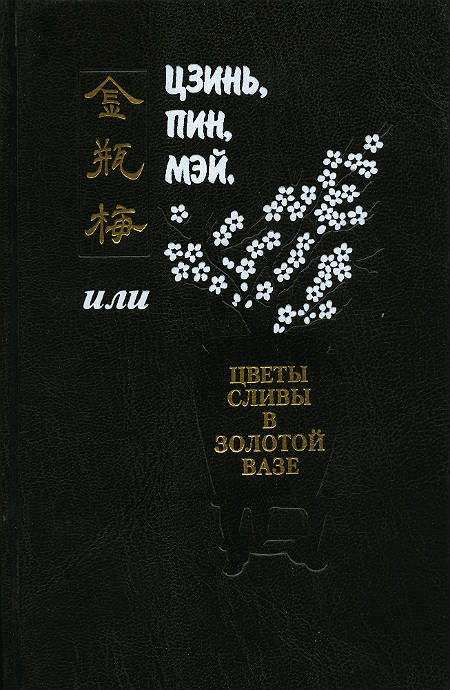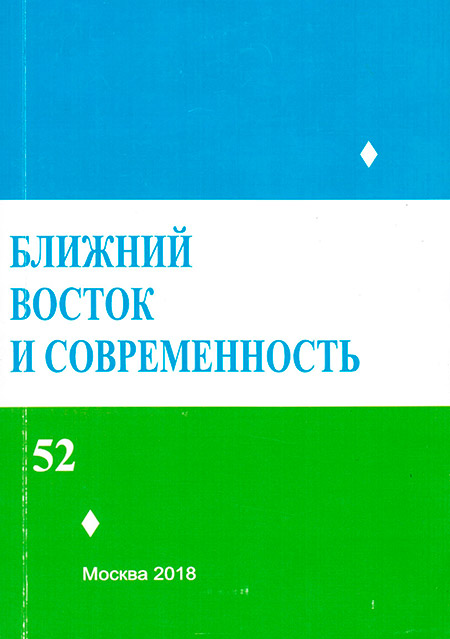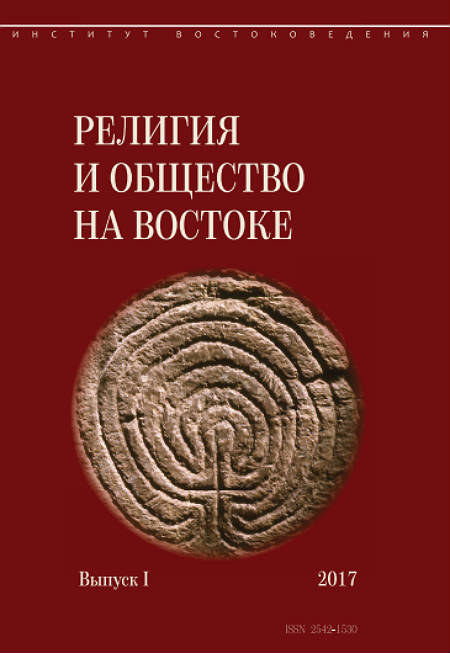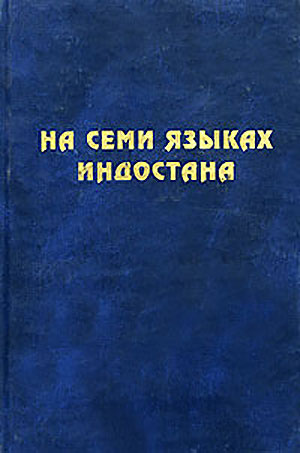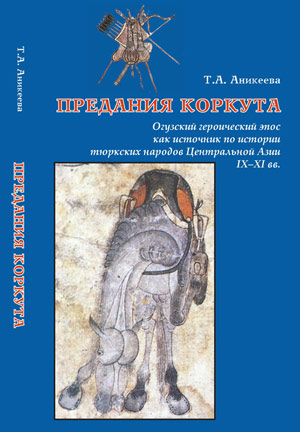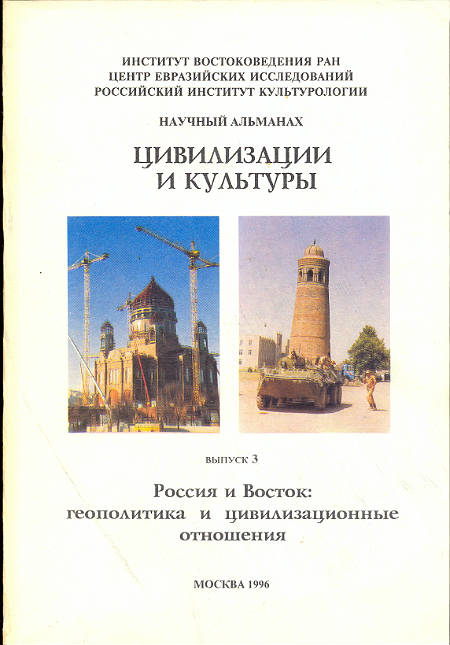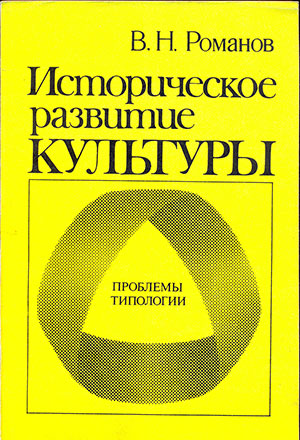Book
Historical Evolution of Culture. Problems of Typology
Еditor: Viktoriya Vertogradova
Москва, 1991, 192 p.
The book provides a new history-grounded approach to the studying of culture, its types, and fundamental laws of its evolution. The author assumes the existence of distinct causal-dynamic ties between culture and mentality, on the one hand, and historically shaped types of social activity, on the other. This activity is considered to be the main system-building factor to which culture and mentality are auxiliary, dependent elements.
The study deals with specimens of primitive, ancient, and modern culture. The study also gives rise to more specific problems but, in the final analysis, they are all linked with the problem of concretizing a general methodological approach to culture and developing relevant categories centering on the notion of activity.
In specifying the starting points of historical development of ancient culture, Romanov notes that the earlier primitive culture undoubtedly was typologically concrete, primarily all its information processes were sympractical, that is, the then kinds of activity did not require for their normal operation any isolated self-contained channels of communication.
Keeping this in mind and making recourse to Indian Vedic and post-Vedic sources, the author goes on to examine typological essentials of ancient culture, relating its emergence to the passing of sympractical activity and the rise of "theoretic" textual activity. This fundamentally new cultural type was part and parcel of emergent civic relations. The origination of texts peculiar to this "theoretic" culture was not only an indication of evolving self-consciousness but an activity which, if bypassed, would have, more likely than not, left humanity, in phylogenetic respect, without ideational behaviour and mentality.
As a typological category, "theoretical" culture should relate not to the particular ideas of its practitioners but to their evolving abstractions superimposed on the psychological fields of situational actuality. In general, sociological terms, it is not at all important which particular categorial system was shaping up in the individual mind. Appreciating the concrete-historical laws of development would, however, require familiarity with the contents of culture.
Textual objectivizing of any type of behaviour invariably led to the erosion of the sympractical aspect of culture. Importantly, in ancient times far from all areas of an individual's life came to be described. In most cases, an incipient "theoretical" culture initially focused on just a few areas of social life. What this meant was that the transition to categorial thinking recasting the whole nature of man made use of texts whose range of subjects was very limited. The result was a few self-contained worldviews-which, as the "theoretical" culture was reaching into other aspects of individual behaviour, came to mold a terminologically non-conflicting description of all human values. In ancient India these worldviews came to be rooted in the idea of sacrifice.
The study is principally concerned with the extensive evolution of ancient Indian "theoretical" culture; the goal is to present it as a ritualistic perspective reaching, in varying degree, into new areas of individual behaviour. Under scrutiny, though, are broader implications for Indian culture of the textual objectivizing of ritual behavior. The point is that in explicitly setting the individual in opposition to his/her behavior, this objectivizing set the stage for treating it consciously, and, within limits, arbitrarily. Sympractical thought was thus increasingly confronted with a choice situation thoroughly alien to it — adopting this mode of behaviour or not. This optional dimension would generate, much at the same time, both the orthodox ethical concepts of the upanishads upholding the traditional attitudes, and non-orthodox teachings like Buddhism and Jainism taking the negative alternative and dismissing the authority of Vedas. The conflict apparently ran to the heart of a spiritual crisis which beset India during the older upanishads and academically described as an essentially spontaneous release of the ancient Indian spirit from the "bonds of ritualism". What happened next was a diversifying culture shaping up as alternative modes of behaviour within a uniform sacrificial paradigm. The unorthodox dissenting trends retained many features of the preceding ritualistic tradition. Faced with problems deriving from the textual objectivizing of ritual, they were fashioned in contradistinction to the established paradigm, following the rule of contraries as it were.
Turning to the Russian culture of the 19th century, the author encounters historical parallels when a paradigm essentially modifies within a full-blown "theoretical" culture. Significantly, the period witnessed the rise of a contraversial "narodnik" epis-tem, as the nihilist mode of behaviour of the time was being textually objectivized. The cognitive patterns reproduced by the then Russian culture revealed their distinctive dialogic thrust. The culture thus originated an innovative dialogic appreciation of humanitarian experience, something the author has been preoccupied with throughout the study.



